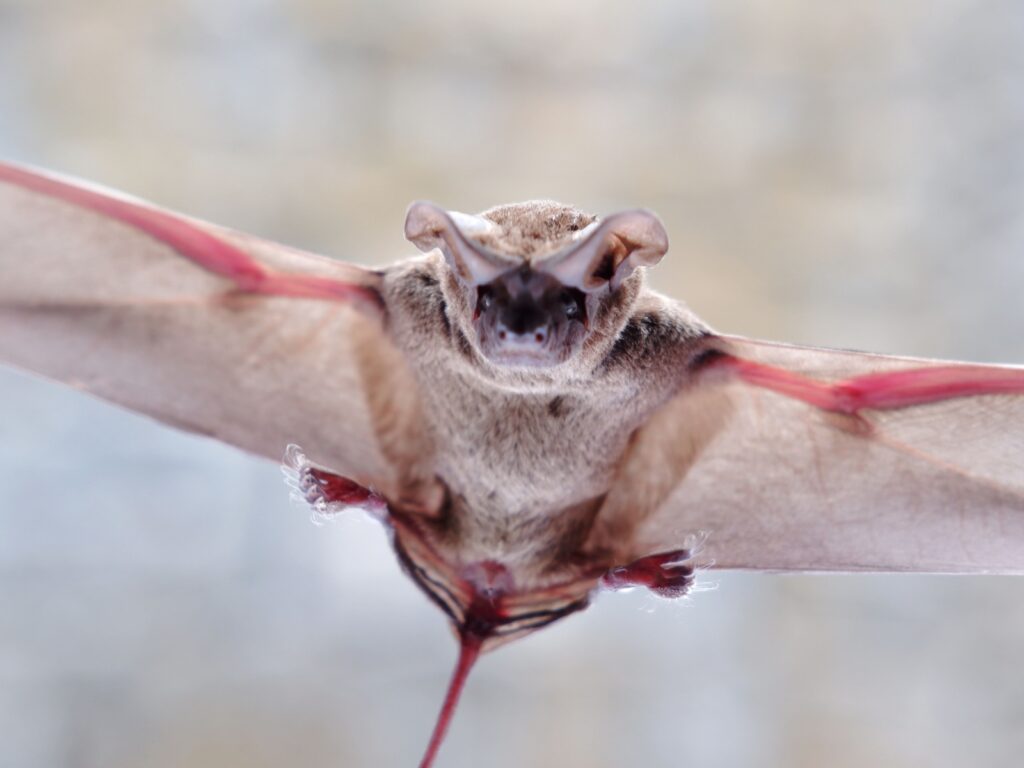Nature is full of surprises, and the food chain is no exception. While scorpions are formidable predators in their own right, they’re not at the top of the food chain. I was surprised by a few of these while I was researching this topic – I never imagined mice and centipedes hunting scorpions! Take a look at these 13 fascinating creatures that have evolved to hunt these venomous arachnids.
Owls
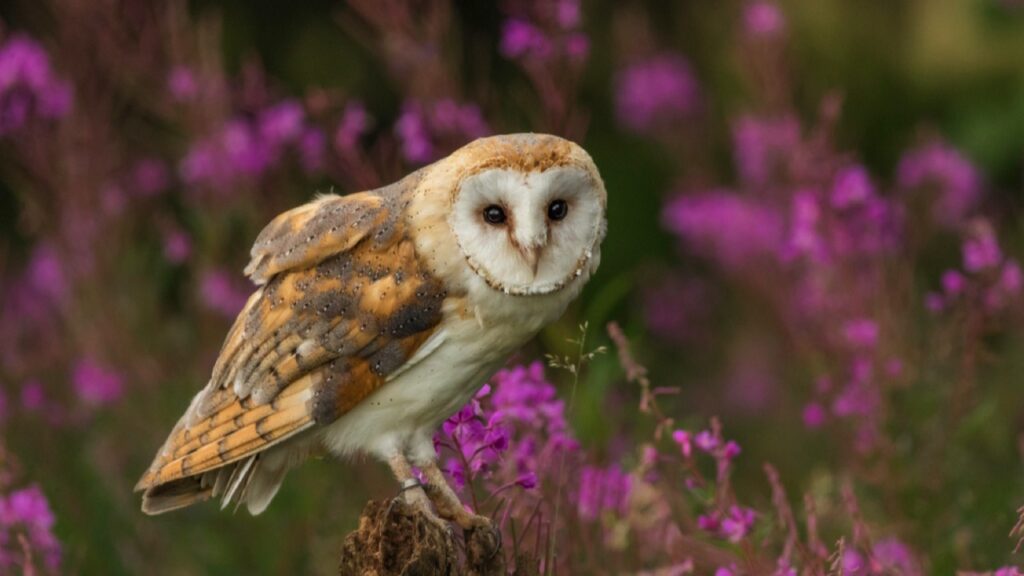
These silent night hunters are expert scorpion catchers. Owls use their exceptional hearing and vision to locate scorpions in the dark. Their sharp talons and beaks make quick work of the scorpion’s tough exoskeleton. Some owl species even seem to have a preference for scorpions, actively seeking them out as a tasty midnight snack.
Grasshopper Mice
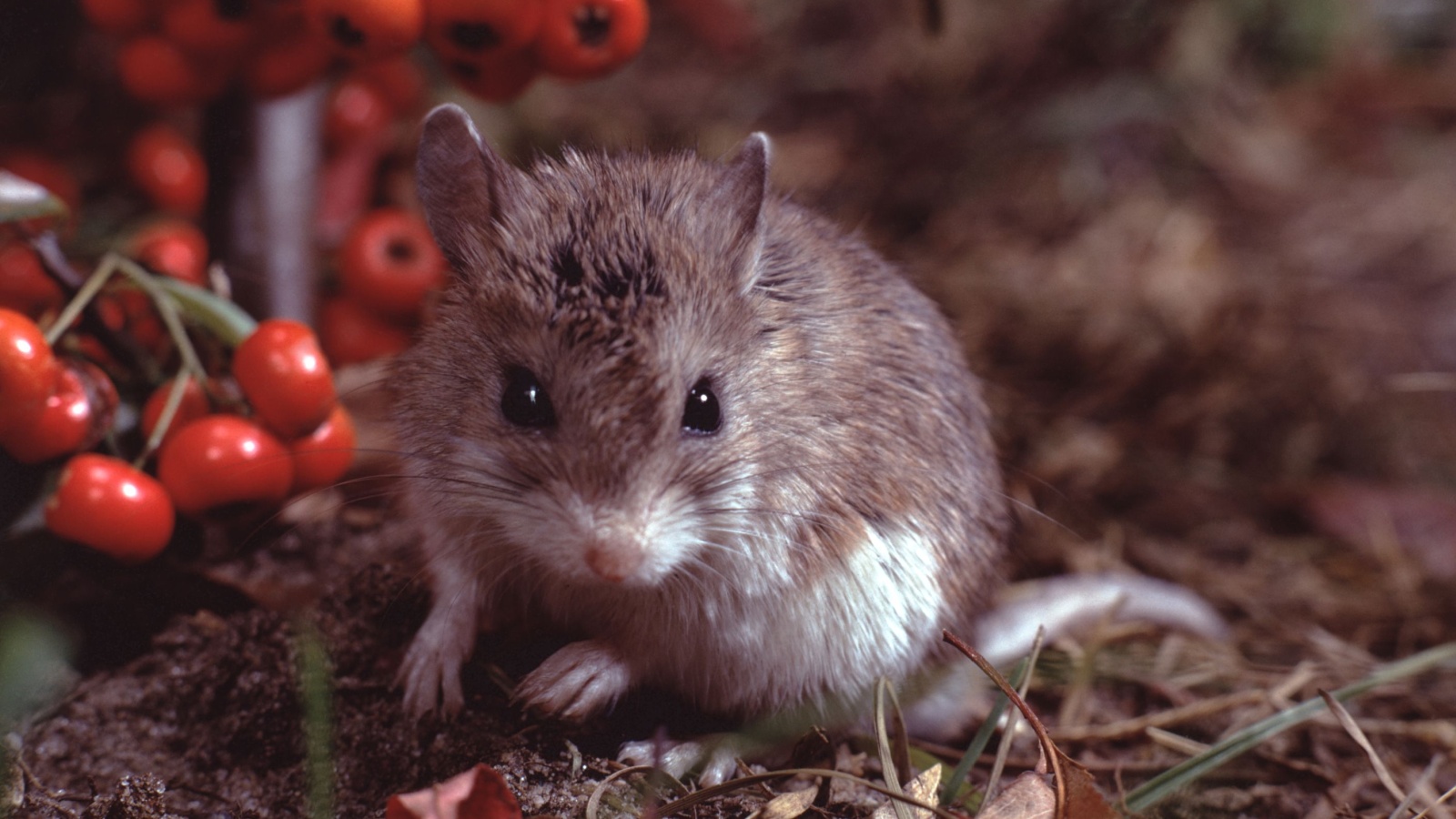
Don’t let their small size fool you. These tiny rodents are fierce predators with a taste for scorpions. Grasshopper mice have developed an immunity to scorpion venom, turning what should be a deadly sting into a mild irritant. They hunt scorpions by biting off their stinger first, then consuming the rest of the body.
Meerkats

These social creatures work together to hunt scorpions. Meerkats have thick skin on their paws, which helps protect them from stings. They’re skilled at flipping scorpions over to expose their softer underbellies. Meerkats often teach their young how to safely handle and eat scorpions, passing down this hunting skill through generations.
Centipedes
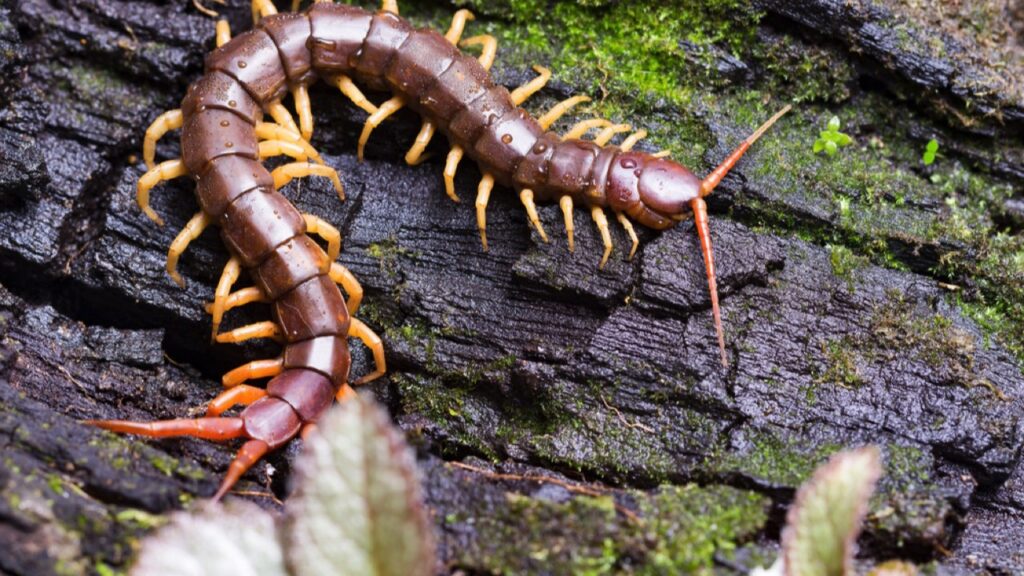
In the world of arthropods, centipedes are formidable predators of scorpions. Their long, segmented bodies allow them to quickly wrap around scorpions, immobilizing them. Centipedes use their powerful jaws to inject venom, which quickly subdues their prey. Despite the scorpion’s tough exoskeleton, centipedes can make short work of these arachnids.
Hornbills
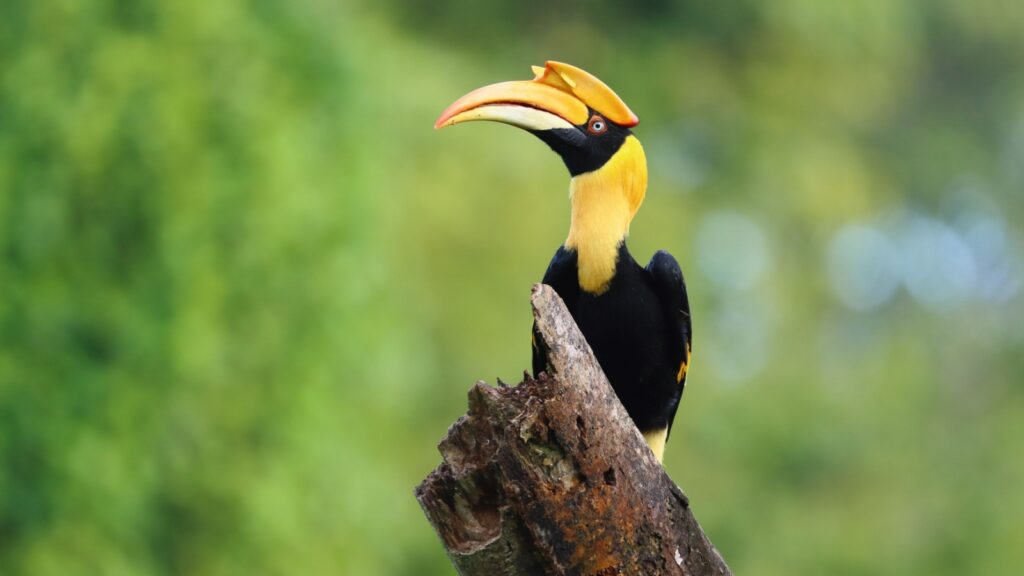
These large-beaked birds are not afraid to take on scorpions. Hornbills use their long, curved beaks to snatch up scorpions quickly, avoiding potential stings. They often bash the scorpion against a hard surface to stun it before swallowing. Some hornbill species even feed scorpions to their chicks, providing them with a protein-rich meal.
Tarantulas
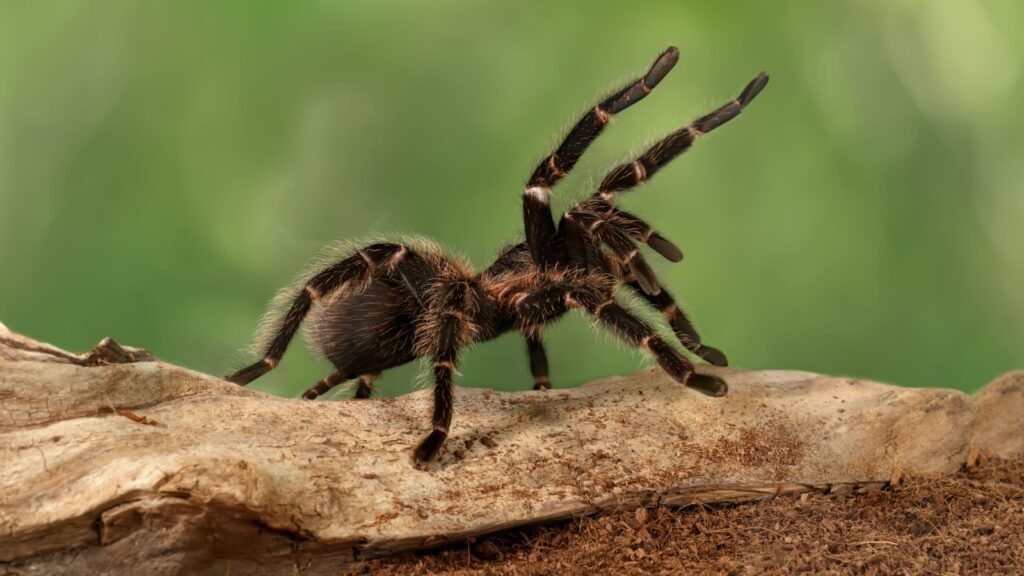
In the battle of arachnids, tarantulas often come out on top. These large spiders use their strong legs to pin down scorpions, avoiding their stingers. Tarantulas then use their powerful fangs to inject venom, quickly immobilizing their prey. Despite both being arachnids, tarantulas view scorpions as just another meal.
Shrews
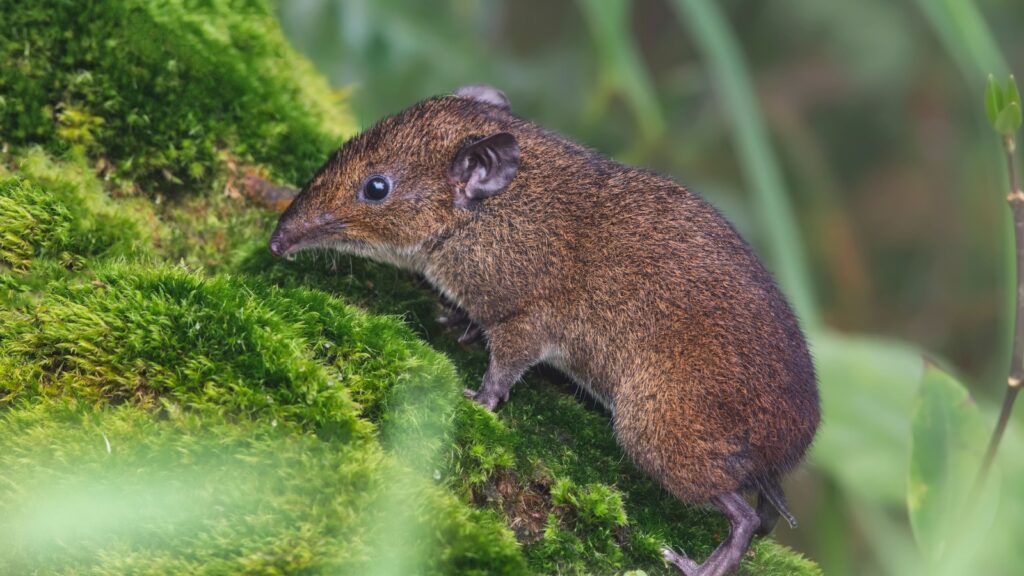
These small, mouse-like mammals have a voracious appetite that includes scorpions. Shrews have a high metabolism and need to eat frequently, making them active hunters. They use their keen sense of smell to locate scorpions and their quick reflexes to avoid stings. Some shrew species have even developed a resistance to scorpion venom.
Bats
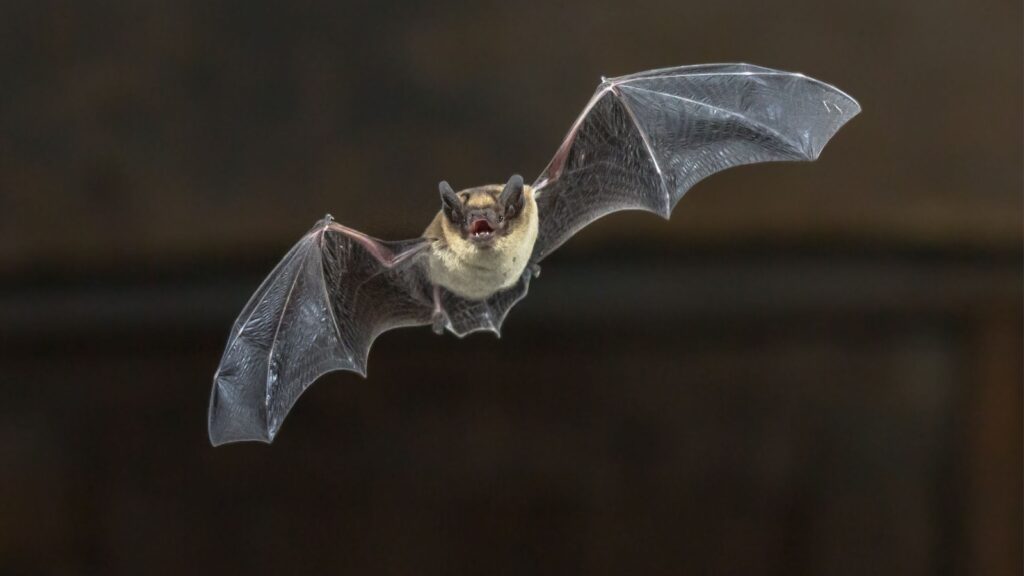
As nocturnal hunters, bats often cross paths with scorpions. Many bat species use echolocation to find scorpions in the dark. Their agility in flight allows them to swoop down and snatch up scorpions quickly. Some bats have learned to avoid the scorpion’s stinger by grabbing them by the body or pincers.
Coyotes
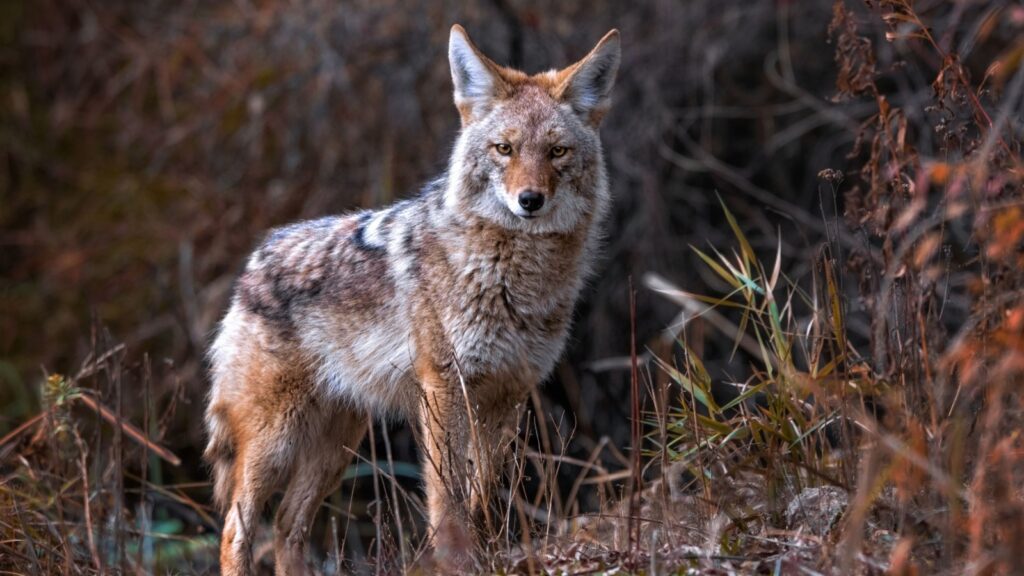
These adaptable canines aren’t picky eaters and will happily include scorpions in their diet. Coyotes use their sharp senses to locate scorpions and their quick reflexes to catch them. Their thick fur provides some protection against stings. Coyotes often eat the entire scorpion, crunching through the exoskeleton to get to the nutritious insides.
Black Widow Spiders
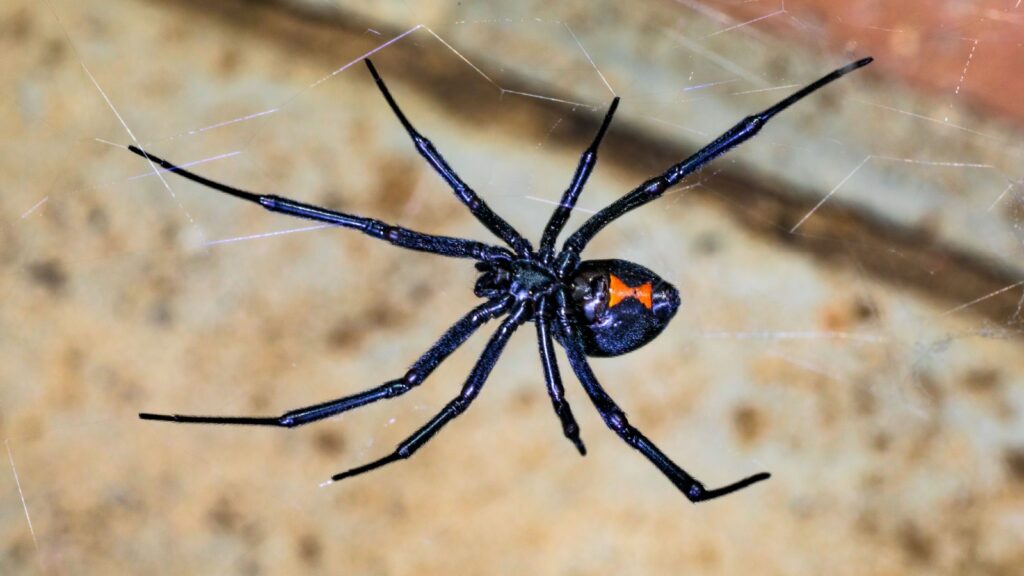
In a twist of arachnid fate, black widow spiders sometimes prey on scorpions. These spiders spin strong webs that can entangle scorpions. Once caught, the black widow injects its potent venom, which can overpower even a scorpion’s defenses. This spider-eat-scorpion scenario showcases the complex food webs in nature.
Lizards
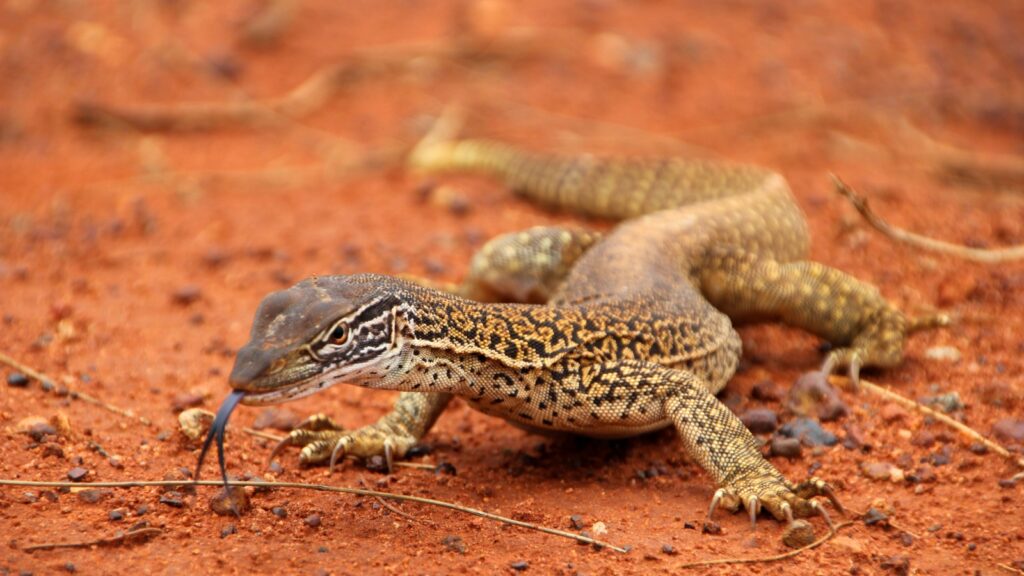
Many lizard species have scorpions on their menu. Their scaly skin provides some protection against stings, while their quick movements help them avoid the scorpion’s pincers. Lizards often grab scorpions by the tail, shaking them to disorient them before eating. Some desert-dwelling lizards have even developed a preference for scorpions as a water-rich food source.
Harvester Ants
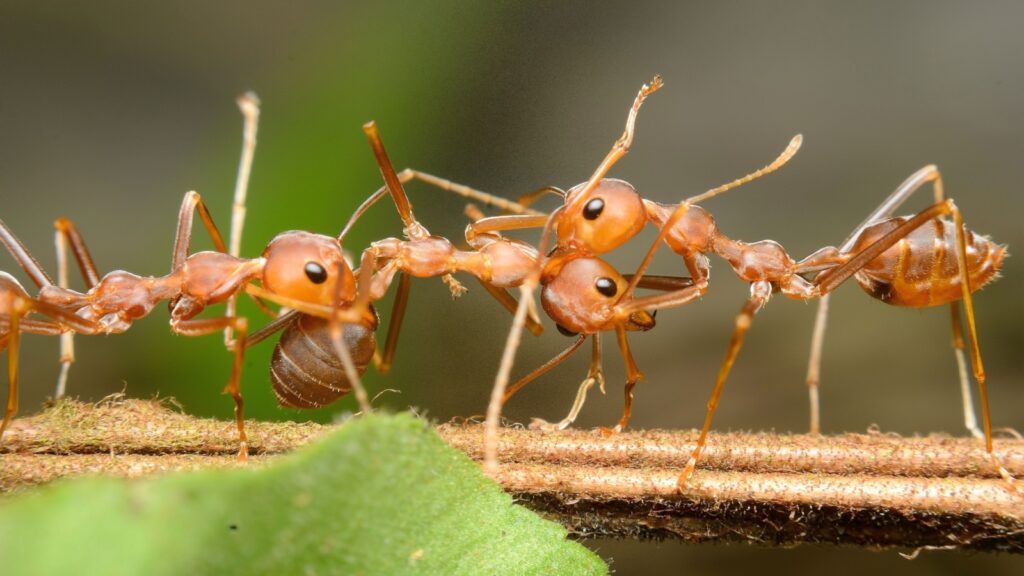
In an impressive display of teamwork, harvester ants can take down scorpions. These ants swarm their prey, overwhelming it with sheer numbers. They use their strong mandibles to grip the scorpion while injecting formic acid. The ants will then work together to carry the scorpion back to their nest, providing food for the entire colony.
Other Scorpions
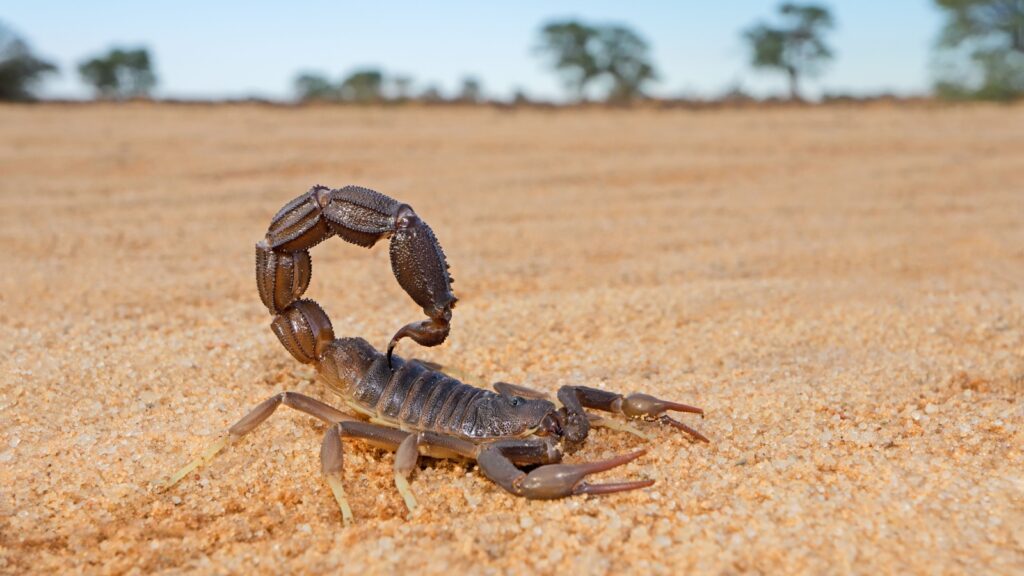
In a case of cannibalism, some scorpion species prey on other scorpions. Larger species often hunt smaller ones, while some scorpions even eat members of their own species. This behavior is more common when other food sources are scarce. Scorpion-on-scorpion predation showcases the harsh realities of survival in challenging environments.
Becky is a fervent wildlife enthusiast and pet care expert with a diploma in canine nutrition. Her love for animals stretches beyond the domestic, embracing the wild tapestry of global fauna. With over a decade of experience in animal welfare, Becky lends her expertise to OutlandishOwl through insightful articles, captivating wildlife information, and invaluable guidance on pet nutrition. Her work embodies a deep commitment to understanding the intricate lives of animals and a passion for educating others on sustaining natural habitats. Becky's hands-on conservation efforts and her knack for translating complex dietary science into practical pet feeding tips make her an indispensable voice for creatures great and small.

